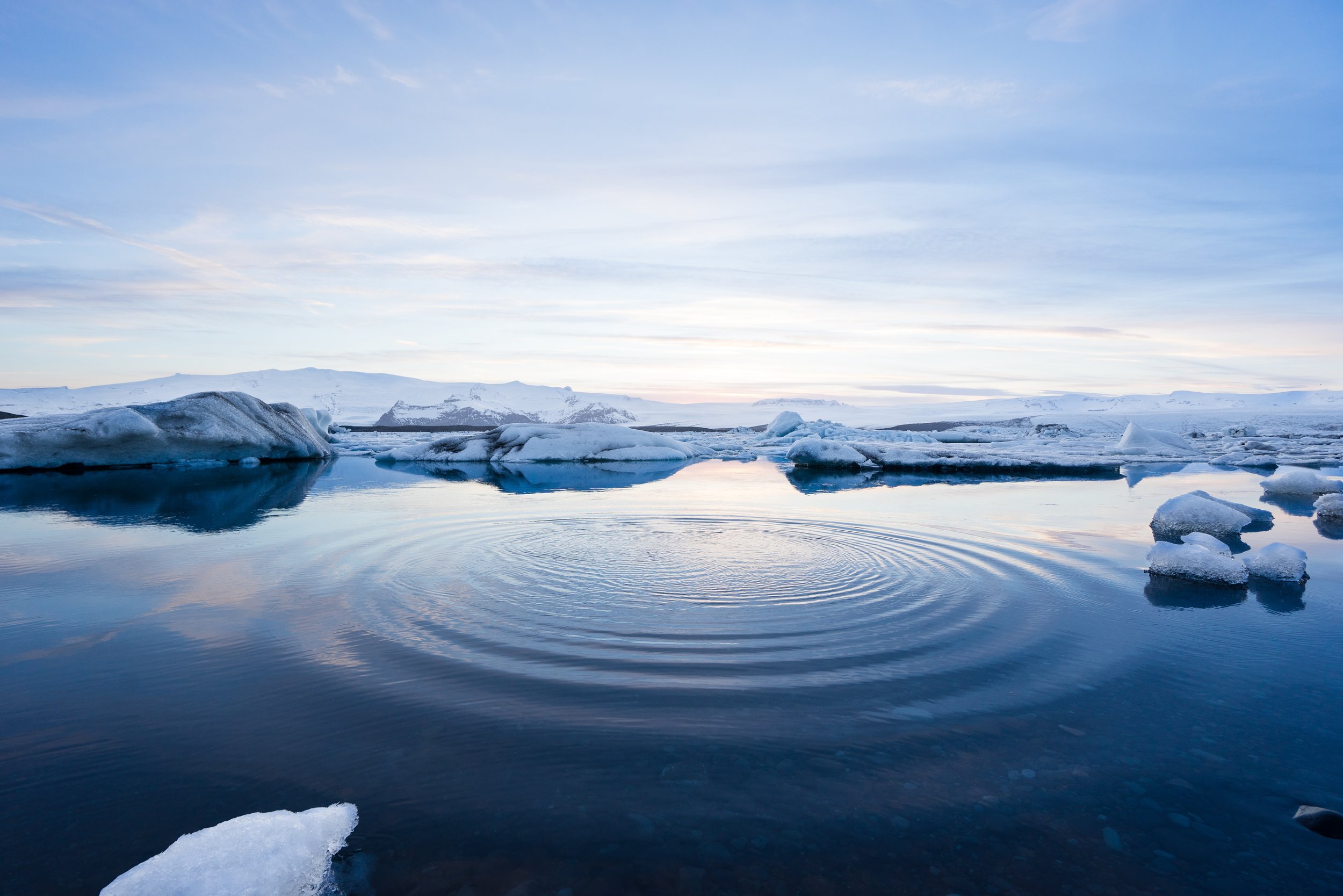
Lets get scientific
Ice Plunge

This section is for those of you who want to dive a little deeper and understand the mechanisms of action. “Let’s get scientific”, will explain, in simple terms, the body’s response to cold exposure with references that support the claims made of them.
Before explaining the physiology associated with cold exposure, it is important to understand that Mind over Matter Practice is primarily focused on training you to become more resilient to stress. The reason this is mentioned here first is because we do not claim to cure disease. Rather, we offer to move your mind beyond its current definition of discomfort. Through your willingness to expose yourself to the unknown, not only will you develop your self-assurance, but also the ability to control your brain’s biological regulation of the stress response internally (Meine et al. 2021).
Cold water immersion elicits a plethora of physiological responses that offer numerous benefits to the body. Upon exposure to cold water, the peripheral nerves transmit signals to the brain, initiating a cascade of reactions.
Firstly, vasoconstrictive chemicals are released, causing constriction of the blood vessels under the skin to prevent heat loss and cold penetration (Alba, Castellani & Charkoudian, 2019). Notably, this process triggers the release of neuropeptide Y (NP-Y), which enhances stress adaptation in the brain (Reichmann & Holzer, 2016).
Secondly, the nerves prompt metabolic adjustments in muscle cells, leading to shivering thermogenesis. This response mimics the effects of exercise by accelerating metabolism, facilitating the burning of sugar and stored fat, and generating heat (Nakamura & Morrison, 2011).
In response to shivering, the nervous system initiates a habituation process by activating the genetic expression of PGC-1 alpha. This activation yields long-term benefits, including the conversion of white fat to brown fat, increased production of mitochondria for enhanced metabolism, and the promotion of Irisin and BDNF generation. These processes contribute to antioxidative, anti-inflammatory, and antidepressant effects (Liang & Ward, 2006; Gill & La Merrill, 2017; Zhang et al., 2022; Rius-Perez et al., 2020; Colucci-D’Amato, Speranza & Volpicelli, 2020).
Furthermore, cold exposure triggers the release of endocannabinoids and endorphins, which enhance mood, reduce pain, promote neuroplasticity, and reduce neuroinflammation (Krott et al., 2016; Bartowska-Trybulec et al., 2022; Park & Watkins, 2021). Increased levels of endocannabinoids regulate the analgesic system, improving stress tolerance (Aubrey et al., 2017).
Moreover, specific glands and tissues are activated during the brain's response to cold, resulting in the release of hormones such as Leptin and cortisol. Leptin suppresses hunger sensations and boosts energy levels, while cortisol suppresses inflammation and enhances immune system function (Rezai-Zadeh et al., 2014; Tipton et al., 2017).
Gradual cold water immersion allows for the attainment of these benefits while minimizing potential risks associated with sudden exposure. Additionally, the stress pathways activated by cold shock can modulate cellular processes, improve sleep, and positively influence aging-related factors, including autophagy, caloric status, mTOR function, genomic stability, and mitochondrial function (Feschl et al., 2020; Bareja, Lee & White, 2019; Adjirackor, Harvey & Harvey, 2020).
It is noteworthy that exercising in cold conditions has demonstrated favorable shifts in gut microbiota composition and facilitated weight loss (Meng et al., 2020). When applied appropriately, cold water immersion serves as a powerful tool for enhancing overall well-being and promoting various physiological adaptations.




